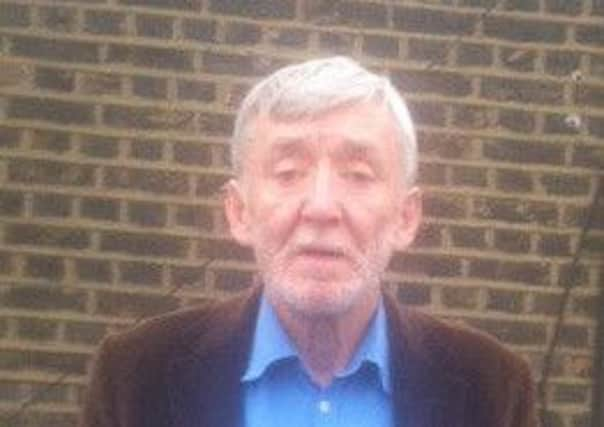Ex-Garda agent: IRA chiefs did sanction Kingsmills Massacre


Ten Protestant workmen were shot dead as they travelled home from work near Kingsmills in south Armagh in 1976 during a spate of sectarian tit-for-tat murders.
The attack was claimed by the South Armagh Reaction Force (SARAF), but the PSNI says the IRA was responsible.
Advertisement
Hide AdAdvertisement
Hide AdIn recent days the inquest for the atrocity has heard conflicting intelligence reports about whether the IRA units responsible were a breakaway faction or whether they had the support of the senior IRA leadership for the attack.
A PSNI intelligence expert known as J2 had told the inquest: “We do not know if the attack was sanctioned by the higher IRA leadership.”
However former Garda informer Sean O’Callaghan, who describes himself as the ex-head of the IRA Southern Command, told the inquest that “most of the IRA leadership was in jail or on the run” in 1976 and that a general policy had already been agreed which gave authority to remaining senior members to kill Protestants in retaliation for the murder of Catholics.
The IRA was being run at the time, he said, by Seamus Twomey, whom he described as Chief of Staff of the IRA from 1973-1977 and Brian Keenan, “nominal Quartermaster general of the IRA”.
Advertisement
Hide AdAdvertisement
Hide AdTwomey met Patrick Currie, head of south command internal security, in Portlaoise prison. “Currie told me on several occasions that Twomey had authorised Kingsmills.”
Mr O’Callaghan added: “As far as Keenan and Twomey were concerned the less meetings [of the IRA Army Council] the better and the more policy agreements [in advance] the better.”
Alan Kane QC for the families asked: “That let them get on with the job they wished to do?”
“Yes,” he replied.
“There was no instruction ... for the [IRA] Army Council to meet before [Kingsmills], no directive to South Armagh ‘we want you to do this’ – no of course not. It could not possibly have worked like that.”
Advertisement
Hide AdAdvertisement
Hide AdHe told the inquest Martin Ferris, a former hunger striker whom he said had also been a member of the IRA Army council, “thought Kingsmills was a good idea and basically said that Keenan was responsible for it”.
When visiting Tyrone, before he turned against the IRA, the Co Kerry man realised that while he was keen to attack British soldiers, IRA members along the border would much prefer “to shoot a neighbour” who was in the UDR or police.
“It is the hatred of the planter if you like.
“It was buried and it is buried very deeply in a certain section of extreme nationalism and is manifested as hatred of Protestants and yes, it was manifested at Kingsmills.”
He dismissed suggestions that SARAF carried out Kingsmills, saying everyone in the republican movement assumed it was the IRA; Kingsmills was carried out with IRA weapons, and any volunteer who dared to do this without leadership authority would have been killed.
Advertisement
Hide AdAdvertisement
Hide AdIntelligence said battalions from north and south were involved, he heard, so this could not have been “a rogue unit”. However the IRA will never apologise for Kingsmills unless it is “politically expedient” he said.
Earlier, DCI James Mitchell, the original investigating officer for Kingsmills, said that crucial forensic evidence was lost in the case which might have led to a conviction.
Forensic officers took metal, glass, soil, and paint from the crime scene which they intended to match to samples from the suspected getaway minibus.
However some of the samples were destroyed in a forensic lab fire eight months later and the rest were later destroyed.
Advertisement
Hide AdAdvertisement
Hide AdA palm print was also taken from the minibus which was matched to a suspect in June last year.
However the PPS dropped the case in February, saying they had no evidence to prove the getaway minibus had been at the crime scene – something the forensic evidence might have done had it not been lost.
He confirmed that many investigative opportunities were lost at the time due to major manpower issues.
Addressing the families in court, Mr Mitchell said: “I would like to say to them that some of the weaknesses that we have identified in the police case, most of that was down to the workload we had at the time and the very, very depleted resources and I would apologise if they did not get the satisfaction and the result they hoped they would have got.”
He had only 12 detectives to deal with a workload that would demand up to 45 officers today, he said.
Ends